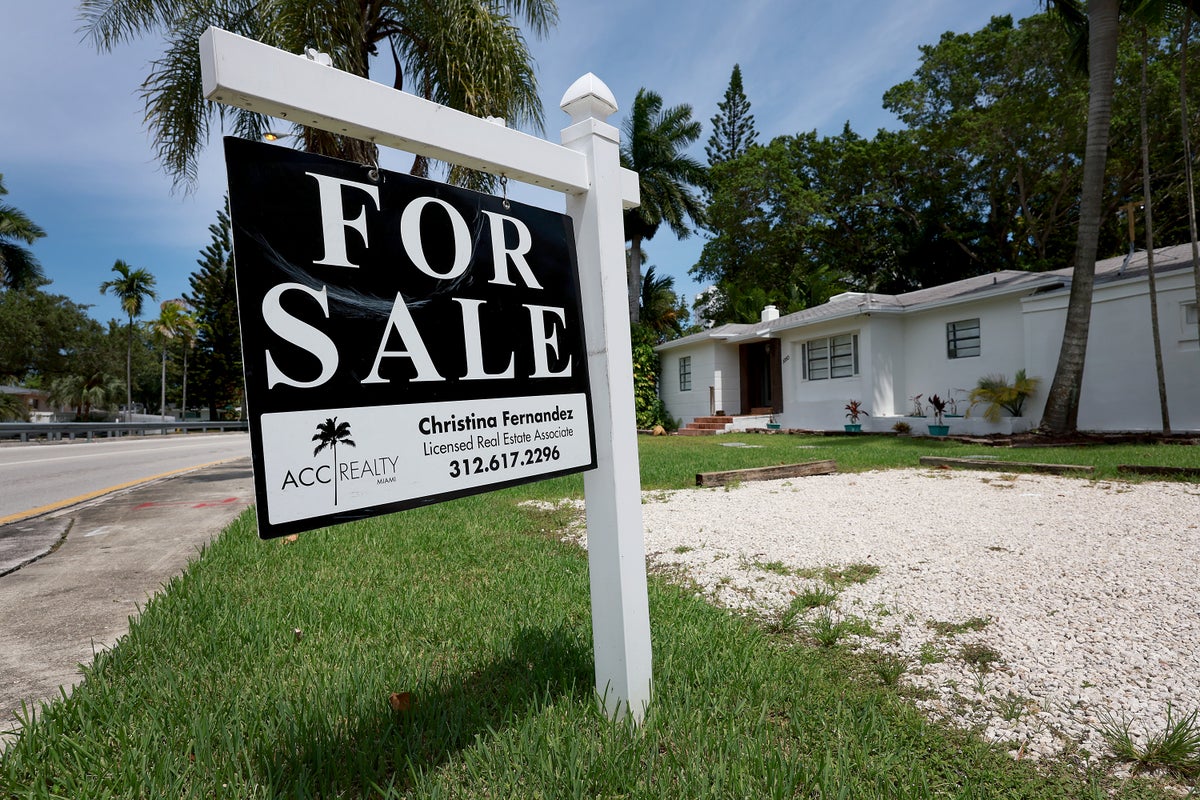
Average home prices have declined in the US for the first time in a decade, according to new data.
A benchmark dataset comparing home prices in the 20 largest cities fell by .44 per cent in July, the first drop in the S&P CoreLogic Case-Shiller index since March 2012.
It’s a signal to some observers that the pandemic-era home buying spree may be coming to an end, as the Federal Reserve continues to hike interest rates.
“The cooling has come hard and fast,” Stephen Stanley, chief economist at Amherst Pierpoint, told TIME.
According to the latest data from the housing index, released this week, cities on the West Coast which already struggle with affordability like San Francisco, Seattle, and San Diego saw the biggest declines. In those cities, home prices fell 3.6 per cent, 2.5 per cent, and 2 per cent, respectively.
It wasn’t all bad news for the US housing market, however.
Home prices in July were up year-over-year compared with 2021.
In the 10 largest metropolitan areas, prices were up 14.9 per cent compared with last July, though the growth was slower than the 17.4% year-over-year gains in June.
When the list was expanded to the 20 largest metros, including Seattle and Detroit, year-over-year gains were even higher in July, with home prices up 16.1 per cent in July and 18.7 per cent in June.
Cities like Tampa, Florida, Miami, and Dallas had the highest annual gains, with price increases between a quarter and third each.
The real estate market is seasonal, and prices usually decline during the summer, but observers say something deeper is at work here, and blame the Federal Reserve’s policy of raising bank borrowing rates to combat inflation for the effects on the housing market.
“July’s report reflects a forceful deceleration,” Craig Lazzara, managing director at S&P Dow Jones Indices, said in a press release.
“As the Federal Reserve continues to move interest rates upward, mortgage financing has become more expensive, a process that continues to this day,” he added. “Given the prospects for a more challenging macroeconomic environment, home prices may well continue to decelerate.
Other data backs up these trends.
According to the National Association of Realtors, home prices fell three times more quickly than the seasonal norm between June and July, and the share of homes with price cuts was 20 per cent in August.
The Fed has said its benchmark rate could rise to 4.4 per cent by the end of the year, as the US central bank seeks to slow inflation. Officials like Fed chair Jerome Powell say this could increased unemployment.
"I wish there were a painless way to do that," he said this week. "There isn’t."







